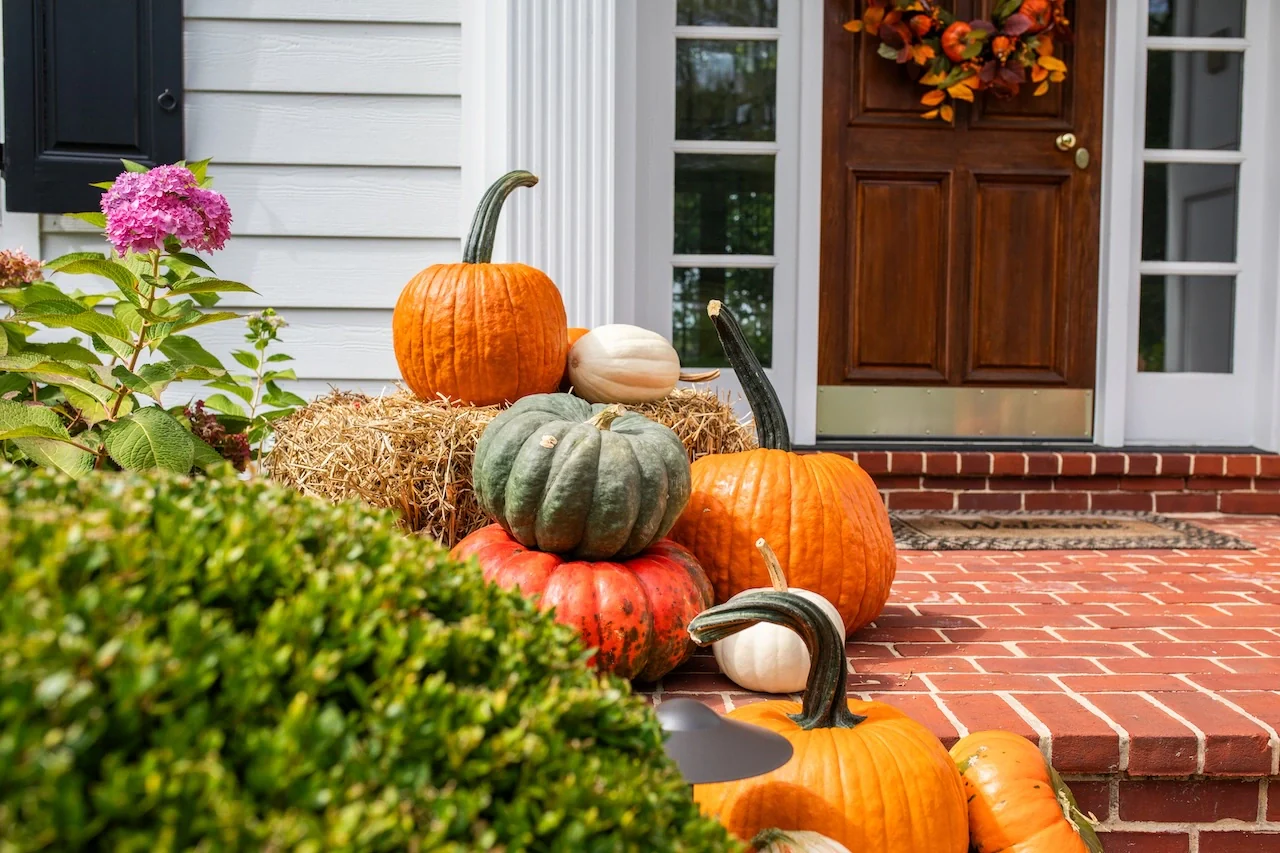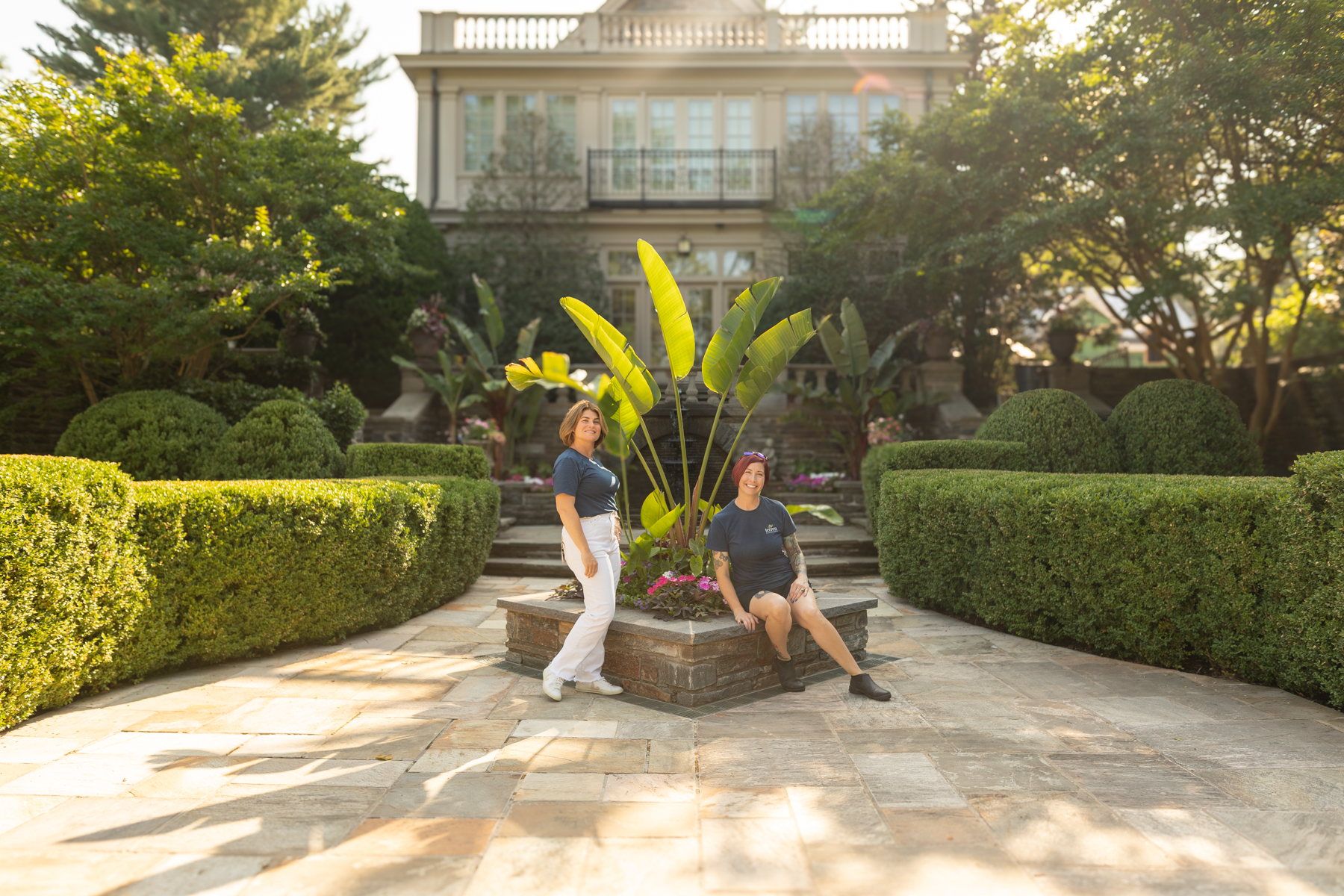It goes without saying that the landscaping industry depends on a healthy environment. But you’d think otherwise looking at the data, which for years has stated that landscapers are possibly the largest contributor to annual non-road gasoline emissions each year. Add in on-road emissions from daily travel and you’ve got a serious sustainability issue in an industry that should be focused on maintaining a healthy environment. Some companies have implemented changes, and others that have always been eco-conscious continue to specialize in native plants, sustainable design, low-emission landscaping and organic treatments as the rest scramble to catch up. Though we’ve been very proactive ourselves, it hasn’t been an easy process and there is still much work to be done. But if our industry depends on a healthy environment, change is not just recommended, it’s obligatory.
Just how bad is it?
According to the EPA, “gasoline-powered lawn and garden equipment (GLGE) . . . is a source of high levels of localized emissions . . . hazardous air pollutants, criteria pollutants, and carbon dioxide (CO2).” Backpack blowers and other two-stroke engines—a landscaper’s best friends—are the biggest culprits, producing around 90-100 decibels of noise and releasing more pollutants in a half hour than a pickup truck does all day.

Mowing foreman and managers at Terren checking out the new battery-powered lawnmower from Greenworks.
It’s no wonder then that municipalities across the US are beginning to ban gas-powered equipment, along with pesticides and herbicides like Roundup (glyphosate), which have become equally infamous in recent years. If other regions follow suit, we may eventually see statewide, or even nationwide restrictions put in place to curb damages.

Testing out the difference in power between battery and gas-powered backpack blowers. Neck and neck these days!
What’s the holdup?
The most common roadblock for companies trying to “go green” is undoubtedly financial. Most landscapers would happily support regulations and welcome eco-friendly changes if they could figure out how to do it cost-effectively. We ourselves have run up against this problem as well. If it were all the same, we wouldn’t use any gas-powered equipment or inorganic products at all—but it’s not.
Here’s an example: A mid-sized landscaping company decides to replace all their gas-powered backpack blowers with new, battery-powered equipment. If they run ten crews daily, with at least two backpack blowers accompanying each crew, that’s twenty new blowers to buy—to start.
But there’s also the batteries, some around $100 each, which each crew will need 4-6 of at a minimum.If you add up all the costs, a mid-sized company will easily spend $20,000 or more outfitting their crews with eco-friendly equipment. And while some may have enough capital or credit to handle that, many don’t.
There’s more to it, too: battery-powered equipment is often less powerful and efficient than similarly-priced gas equivalents, making eco-crews harder to profit from without a price increase that most customers won’t be happy about. You can see how this, along with the initial investment, can be a barrier that’s hard for many companies to overcome.
Making the leap:
We at Terren Landscapes are lucky to be in a position to make the switch without much financial distress, but that doesn’t mean it’s been easy. If you’ve been following us on Instagram, you may remember that we actually started to “go green” in 2017. At that time, we invested in a number of battery-powered machines to test out over the course of the season. The input we received from both our workforce and customer base was overall very positive. Despite some initial apprehension, the workers came to prefer many of the battery-powered machines over what they had before. By the end of the year, we knew for sure it was the right direction to go in—and then 2018 hit.

The excessive precipitation in southeast Pennsylvania that year caused significant headaches, forcing us to focus our energy on yard drainage and stormwater management projects instead of expanding our eco-friendly landscape maintenance department. After all, it’s hard to cut a lawn that’s underwater…
Luckily, the precipitation in 2019 wasn’t nearly as bad. Without the stress of nearly constant rain—our focus on battery-powered equipment and other green alternatives was renewed.

After a successful trip to the GIE Expo in Kentucky, we decided to invest in new machines for 2020, including our first-ever, full-electric ride-on mower and first-ever automatic robot mower (think Roomba for your yard!). We’ve also started experimenting with alternatives to Roundup, which we believe fits in with our overall “green initiative” quite nicely.
While it won’t be easy, making the transition to more environmentally-friendly landscaping is a priority for us over the next five years. Hopefully what we learn throughout this endeavor can help other companies follow suit down the line. After all, our industry depends on healthy plants and grass, doesn’t it?
Stay tuned for part two of this series, where we’ll go over our first Husqvarna Automower installation and talk about the pros and cons using them on your property.





